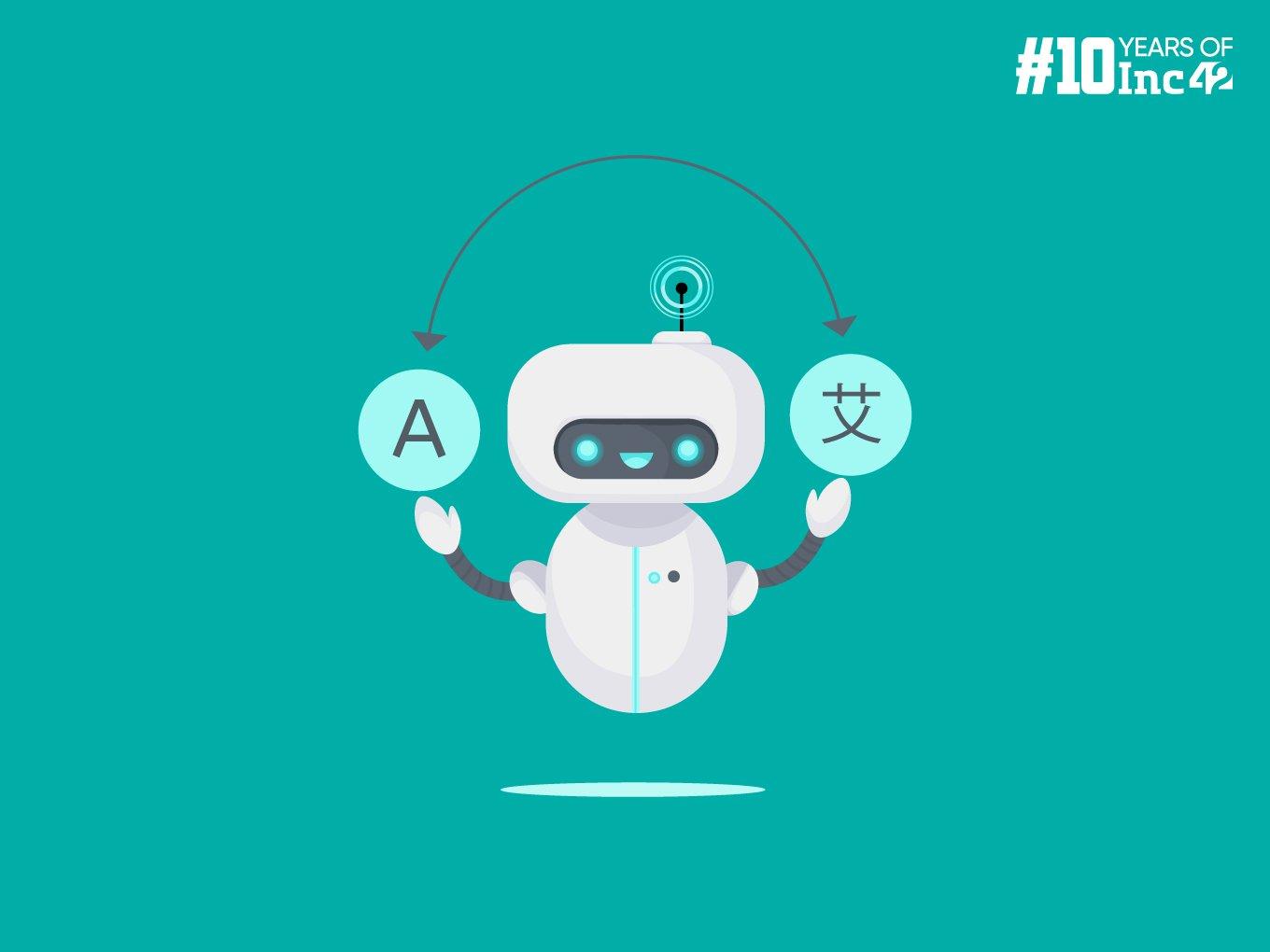What Is A Transformer-Based Model?
Transformer-based models are a powerful type of neural network architecture that has revolutionised the field of natural language processing (NLP) in recent years. They were first introduced in the 2017 paper ‘Attention is All You Need’ and have since become the foundation for many state-of-the-art NLP tasks.
Some popular examples of transformer-based models include:
- BERT: A pre-trained model for several NLP tasks, including question answering and sentiment analysis.
- GPT-3 & 4: OpenAI’s famous large language model (LLM), which is capable of generating human-quality text.
- T5: A text-to-text transfer transformer model.
How Do Transformer-Based Models Work?
Transformer-based models work through a series of layers that process the input data, which can be text, code, or other sequential information. Here is a breakdown of the key components of such a model:
- Input Embeddings: The input is first converted into numerical representations called embeddings. These capture the meaning and relationships between words or other units in the sequence.
- Encoders: The model then uses a series of encoder layers to process the input sequence. Each encoder layer consists of two main parts:
- Self-Attention: This mechanism allows the model to attend to different parts of the input sequence simultaneously, understanding how each element relates to the others. It’s like giving each word a “spotlight” to see how it connects to the rest of the sentence.
- Feedforward Network: This adds additional non-linearity to the model, helping it learn complex relationships in the data.
- Decoders (for specific tasks): Some transformer models like those for machine translation have a decoder section after the encoders. The decoders use similar layers as the encoders but also attend to the encoded representation to generate the output sequence like a translated sentence.
- Training & Inference:
- During training, the model learns to minimise a loss function, adjusting its parameters to improve its performance on a specific task.
- Once trained, the model can be used for inference on new data. It takes the input sequence through the layers and generates the desired output, like a translation, summary, or answer to a question.
Here are some additional details to consider:
- Parallel Processing: Unlike traditional RNNs that process data sequentially, transformers can process all parts of the input simultaneously. This makes them much faster, especially for long sequences.
- Positional Encoding: Since transformers don’t inherently know the order of elements in the sequence, additional information about their position is often added.
- Multi-Head Attention: The self-attention mechanism can be applied multiple times with different “heads” to capture diverse relationships in the data.
How Are Transformer-Based Models Used In AI?
Transformer-based models have become a cornerstone of AI, particularly in the realm of NLP. Their ability to understand and process sequential data like text, code and speech makes them incredibly versatile, with applications spanning various AI domains, including:
- Language Generation
- Text Summarisation: Condensing large documents into concise summaries.
- Chatbots: Creating AI assistants that can hold conversations with natural language.
- Dialogue Systems: Generating responses in open-ended dialogues for virtual assistants.
- Creative Writing: Producing poems, code, scripts, musical pieces, and other creative content.
- Machine Translation
- Transforming text from one language to another with high accuracy and fluency, surpassing traditional approaches.
- Enabling real-time translation for communication, documentation, and content localisation.
- Text Analysis & Understanding
- Sentiment Analysis: Identifying the emotional tone of the text, which is crucial for market research, social media analysis, and customer feedback.
- Question Answering: Providing accurate answers to questions posed in natural language, powering virtual assistants and search engines.
- Text Classification: Categorising text into different classes, which is useful for spam filtering, news categorisation, and sentiment analysis.
- Named Entity Recognition (NER): Identifying and classifying named entities like people, organisations, and locations in the text.
- Code Generation & Analysis
- Automatic Code Completion: Suggesting the next line of code based on the current context, improving programmer productivity.
- Code Summarisation: Generating concise summaries of code functionality.
- Bug Detection: Identifying potential bugs in code based on patterns and relationships between lines.
What Are The Benefits & Drawbacks Of Using Transformer-Based Models In AI?
Transformer-based models have revolutionised AI, particularly in NLP, but like any technology, they come with both benefits and drawbacks.
Benefits
- High Accuracy & Fluency: Transformers excel at understanding complex relationships in text, leading to superior performance in tasks like machine translation, summarisation, and question answering.
- Parallel Processing: Their ability to process data simultaneously makes them significantly faster than traditional models, especially for long sequences.
- Flexibility: The transformer architecture adapts to diverse NLP tasks, from text generation to code analysis, making it a versatile tool.
- Pre-Trained Models: Large pre-trained models like BERT and GPT-3 offer a foundation for fine-tuning specific tasks, saving training time and resources.
Drawbacks
- Computational Cost: Training and running large transformer models requires significant computing power and energy, limiting their accessibility.
- Data Hunger: Transformers perform best on large datasets, raising concerns about data privacy and potential biases encoded in the data.
- Black Box Issue: Despite progress, interpreting how transformers arrive at their outputs remains challenging, hindering complete trust and transparency.
- Potential For Misinformation: Powerful language generation capabilities raise concerns about creating harmful content like deepfakes or biased outputs.








